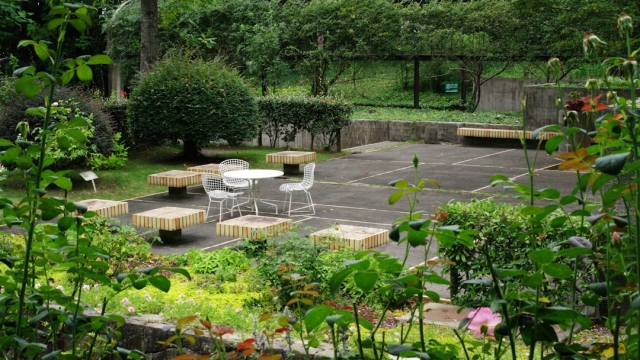Overview of Paver Systems Types and Benefits
Paver systems have gained immense popularity for enhancing outdoor spaces, offering both aesthetic appeal and practical benefits. Whether you’re looking to create a beautiful patio, an inviting walkway, or a functional driveway, understanding the basics of paver system installation can guide you in making informed decisions. In this article, we will explore the various types of paver systems, provide a detailed step-by-step guide for DIY installation, and highlight common mistakes to avoid during the process.
Overview of Paver Systems: Types and Benefits
Paver systems come in a variety of materials and styles, allowing homeowners to choose options that best fit their design preferences and functional needs.
Types of Paver Systems:
- Concrete Pavers: These are durable and versatile, available in a wide range of colors and shapes. They are ideal for both pedestrian and vehicle traffic.
- Brick Pavers: Known for their classic look, brick pavers offer a timeless aesthetic. They are also strong and can withstand heavy loads.
- Natural Stone Pavers: Options such as slate, granite, and limestone provide a luxurious appeal, with each stone offering unique colors and textures.
- Permeable Pavers: Designed to allow water drainage, these pavers help manage stormwater runoff and reduce erosion, making them an environmentally friendly option.
Benefits of Paver Systems:
- Durability: Pavers are designed to withstand heavy use and harsh weather conditions, ensuring a long lifespan.
- Low Maintenance: Unlike other surfaces, pavers do not require sealing and can be easily replaced if damaged.
- Versatility: With various colors and patterns available, pavers can be tailored to match any outdoor design.
- Increased Property Value: A well-installed paver system can enhance the overall appeal of your home, potentially increasing its market value.
Step-by-Step Guide to DIY Paver Installation
If you’re considering a DIY approach to paver system installation, following a structured process can help you achieve professional results. Here’s a comprehensive guide:
Materials and Tools Needed:
- Pavers of your choice
- Gravel and sand for the base
- Edging restraints
- A plate compactor
- A rubber mallet
- A level and measuring tape
- A broom and a hose for cleaning
Installation Steps:
- Prepare the Area: Clear the site of any vegetation and debris. Excavate the area to a depth that accommodates the base material and pavers.
- Create the Base: Lay down a layer of gravel, followed by a layer of sand. Compact each layer to create a stable foundation.
- Install Edging Restraints: Place edging around the perimeter to keep the pavers in place and prevent shifting.
- Lay the Pavers: Begin laying the pavers in your desired pattern, ensuring they fit snugly together. Use a rubber mallet to tap them into place.
- Fill Gaps: Once the pavers are laid, spread sand over the surface and sweep it into the joints to lock the pavers in place.
- Final Compaction: Use a plate compactor to ensure the pavers are firmly set and to eliminate any unevenness.
- Clean the Area: Remove excess sand and debris, and rinse the surface thoroughly.
Common Mistakes to Avoid During Paver Installation
While installing a paver system can be a rewarding DIY project, there are several common pitfalls to be aware of:
- Inadequate Preparation: Failing to properly prepare the base can lead to shifting and uneven surfaces.
- Ignoring Drainage: Proper drainage is essential to prevent water pooling and erosion. Ensure your installation allows for drainage away from structures.
- Not Using Edging: Edging restraints are crucial for maintaining the integrity of your paver layout. Skipping this step can lead to movement over time.
- Overlooking Maintenance: Regular maintenance, including cleaning and periodic joint filling, will help extend the life of your paver system.
For those who may prefer professional assistance, exploring services dedicated to paver system installation can ensure a seamless process and high-quality results. Investing in expert help may provide peace of mind and save time in the long run.
In conclusion, paver systems are a fantastic option for enhancing outdoor spaces. With the right preparation and knowledge. DIY installation can be achievable, leading to beautiful and functional results. Whether you choose to take on the project yourself or hire professionals, understanding the fundamentals of paver system installation is key to success.
For more information and expert guidance on paver system installation, consider visiting this resource.

